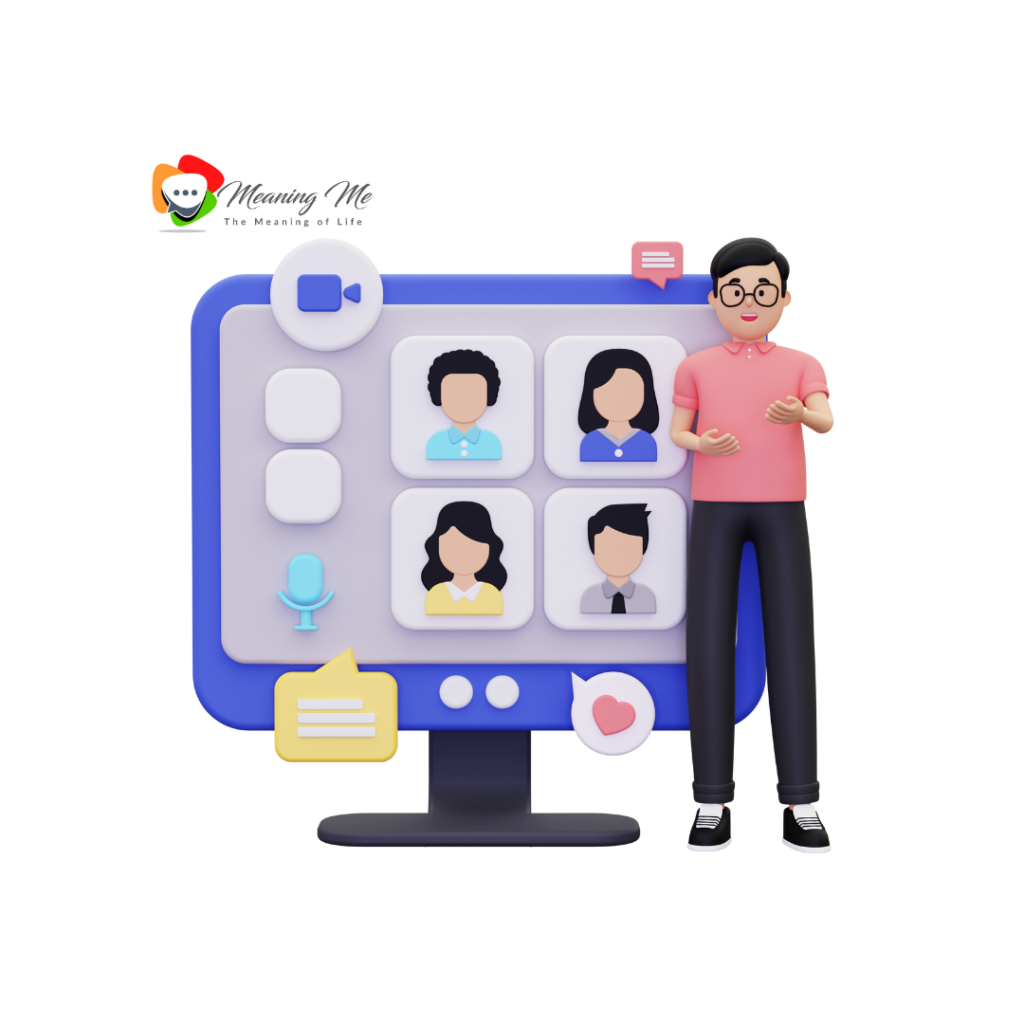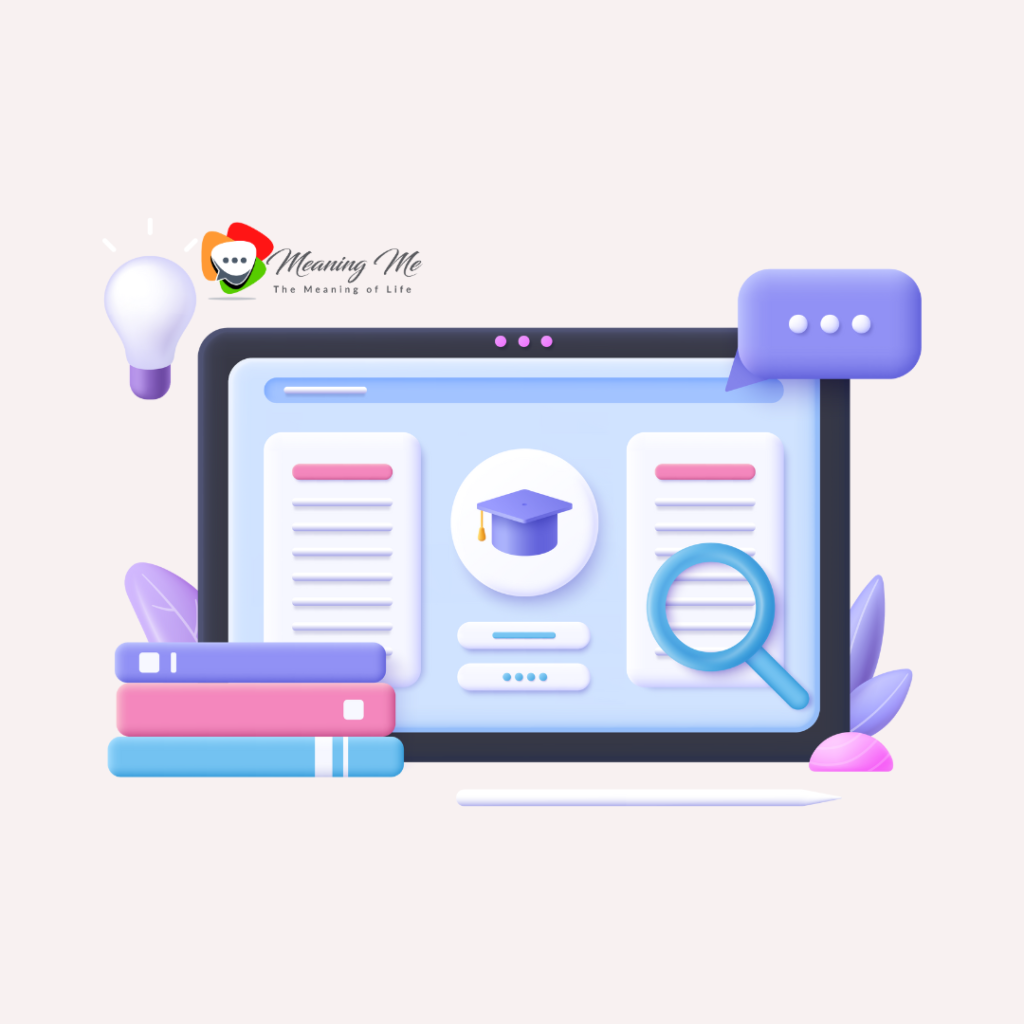Introduction:
In today’s rapidly evolving digital landscape, e-learning has emerged as a transformative force, reshaping the way we approach education. From virtual classrooms to interactive modules, e-learning offers unparalleled convenience and flexibility, making knowledge accessible to a global audience. However, as we embrace this digital revolution, it becomes imperative to address a critical aspect that often goes overlooked: accessibility. Ensuring that e-learning platforms are accessible to all learners, regardless of their abilities or circumstances, is not just a technical requirement—it is a moral and social imperative.

Imagine a world where everyone, regardless of their physical, cognitive, or sensory abilities, can access quality education from the comfort of their home. This vision is not merely aspirational but achievable, provided we commit to designing and implementing inclusive e-learning solutions. Accessibility in e-learning encompasses a wide range of considerations, from ensuring compatibility with screen readers for visually impaired users to providing subtitles and transcripts for those who are deaf or hard of hearing. It also involves designing intuitive interfaces that can be navigated easily by individuals with motor impairments and creating content that is cognitively accessible to those with learning disabilities.
The rise of artificial intelligence (AI) has introduced powerful tools that can significantly enhance e-learning accessibility. AI-driven technologies can automatically generate captions, translate content into multiple languages, and personalize learning experiences based on individual needs. For instance, AI can adapt to the complexity of educational materials in real-time, ensuring that each learner receives information in a manner that is most comprehensible to them. This personalized approach not only fosters inclusivity but also enhances the overall effectiveness of e-learning.
However, the integration of AI into e-learning accessibility is not without its challenges. Ethical considerations, such as data privacy and algorithmic bias, must be carefully managed to ensure that AI solutions do not inadvertently create new barriers. Collaboration among educators, technologists, policymakers, and learners themselves is crucial to developing robust, equitable, and user-centric e-learning platforms.
E-Learning Accessibility: Ensuring Education for All
1. Introduction to E-Learning Accessibility: Begin by defining e-learning accessibility as the practice of making online learning resources and platforms usable for individuals with diverse needs, including those with disabilities or limitations. Highlight the importance of ensuring equal access to education for all learners, regardless of their physical or cognitive abilities.
2. The Digital Divide and Accessibility: Discuss how the digital divide exacerbates accessibility issues in e-learning, particularly for marginalized communities and individuals with disabilities. Address barriers such as lack of internet access, digital literacy skills, and assistive technologies.
3. Legal Framework and Regulations: Explore existing laws and regulations, such as the Americans with Disabilities Act (ADA) in the United States or the Web Content Accessibility Guidelines (WCAG), that mandate accessibility standards for e-learning platforms. Highlight the importance of compliance and the consequences of non-compliance.
4. Universal Design for Learning (UDL): Introduce the concept of UDL, which emphasizes designing educational materials and environments that are accessible and beneficial to all learners. Discuss how UDL principles can be applied to e-learning, including providing multiple means of representation, action, expression, and engagement.
5. Accessible Design Practices: Provide practical tips and strategies for creating accessible e-learning content, such as using alt text for images, providing closed captions
Introduction to E-Learning Accessibility
In today’s digital age, e-learning has emerged as a transformative force in education, offering flexibility, convenience, and access to a vast array of learning resources. However, amidst the rapid expansion of online education, there is a pressing concern that not all learners have equal opportunities to benefit from these digital platforms. E-learning accessibility, the practice of ensuring that online learning resources and platforms are usable for individuals with diverse needs, is essential for upholding the principle of education for all. In this article, we delve into the critical importance of e-learning accessibility and how it plays a pivotal role in ensuring equitable access to education for every learner, regardless of their physical or cognitive abilities. We will explore the challenges posed by the digital divide and existing legal frameworks, as well as highlight strategies and best practices for designing accessible e-learning content. By championing e-learning accessibility, we can pave the way for a more inclusive and empowering educational landscape where every individual has the opportunity to learn and thrive.
The Digital Divide and Accessibility
The digital divide remains a formidable barrier to ensuring equitable access to e-learning resources and platforms. Across the globe, millions of individuals, particularly those from marginalized communities, lack reliable internet access and essential digital tools. This discrepancy is particularly pronounced in rural areas, low-income households, and regions with limited infrastructure. Additionally, individuals with disabilities face unique challenges in accessing e-learning content, as many online platforms are not designed to accommodate their needs. Whether due to inaccessible interfaces, lack of compatibility with assistive technologies, or absence of alternative formats, these barriers hinder their participation in digital learning experiences. Bridging the digital divide and prioritizing accessibility in e-learning are essential steps towards ensuring that education is truly inclusive and accessible for all.
Legal Framework and Regulations
Legal frameworks and regulations play a pivotal role in ensuring that e-learning platforms are accessible to all individuals, regardless of their abilities or disabilities. These regulations serve as a guiding force, setting standards and expectations for the development and implementation of digital learning materials and technologies. In the United States, for instance, the Americans with Disabilities Act (ADA) mandates that educational institutions and online platforms must provide equal access to educational content and resources for individuals with disabilities. Similarly, international standards such as the Web Content Accessibility Guidelines (WCAG) provide comprehensive guidelines for web developers and content creators to follow, ensuring that e-learning materials are perceivable, operable, understandable, and robust for all users. Compliance with these legal frameworks not only fosters inclusivity but also protects the rights of individuals with disabilities, reaffirming the principle that education should be accessible to everyone, regardless of their physical or cognitive abilities.

Universal Design for Learning (UDL)
Universal Design for Learning (UDL) is a pivotal framework in ensuring e-learning accessibility and fostering inclusive educational environments. At its core, UDL promotes the creation of learning experiences that accommodate the diverse needs of all learners, regardless of their abilities or backgrounds. In the realm of e-learning, UDL principles guide the design and delivery of digital content to maximize accessibility and engagement. By offering multiple means of representation, learners can access information through various modalities, such as text, audio, and video, catering to different learning styles and preferences. Additionally, UDL encourages providing multiple means of action and expression, allowing learners to demonstrate their understanding and skills in ways that suit their strengths and capabilities. Furthermore, UDL emphasizes offering multiple means of engagement, ensuring that e-learning experiences are motivating, relevant, and accessible to learners with varying interests and levels of motivation. By embracing UDL principles in e-learning design, educators can create inclusive digital learning environments where every learner has the opportunity to thrive and succeed.
Accessible Design Practices
Creating accessible e-learning content is essential to ensuring that all learners, regardless of their abilities or limitations, can fully participate in online education. One fundamental practice in accessible design is providing alternative text, or alt text, for images. Alt text serves as a textual description of images, allowing individuals who use screen readers or other assistive technologies to understand the content of the images. Additionally, it benefits learners with slow internet connections or those who choose to disable images to conserve bandwidth. Another crucial practice is ensuring compatibility with screen readers by using semantic HTML markup and providing meaningful labels for interactive elements such as buttons and form fields. This enables individuals with visual impairments to navigate through e-learning materials effectively. Moreover, incorporating closed captions for video and audio content enhances accessibility for deaf or hard-of-hearing learners, providing them with access to spoken dialogue and auditory information. By implementing these accessible design practices, e-learning platforms can create a more inclusive learning environment where all learners have equal opportunities to engage with educational content.
Conclusion
In conclusion, e-learning accessibility stands as a pivotal cornerstone in the pursuit of inclusive education for all. As technology continues to play an increasingly integral role in the educational landscape, we must prioritize accessibility to ensure that no learner is left behind. By embracing universal design principles, adhering to legal regulations, and fostering a culture of inclusivity, we can create e-learning environments that cater to the diverse needs and abilities of every individual. Together, let us champion accessibility in e-learning, not only as a legal obligation but as a moral imperative, empowering learners of all backgrounds to access the transformative power of education and contribute meaningfully to society. In doing so, we not only fulfill the promise of equal opportunity but also enrich the educational experience for everyone involved.

Stay Tune MeaningMe The Meaning of Life
FAQ
What is e-learning accessibility, and why is it important?
E-learning accessibility refers to the design and implementation of online learning platforms and resources to ensure they are usable by individuals with diverse needs, including those with disabilities. It’s crucial because it ensures that everyone, regardless of their abilities, has equal access to educational opportunities in the digital realm.
How does e-learning accessibility impact learners with disabilities?
E-learning accessibility significantly impacts learners with disabilities by removing barriers to accessing and engaging with online educational content. For example, individuals with visual impairments may rely on screen readers or braille displays, while those with hearing impairments may require closed captions or transcripts for video content.
What are some common barriers to e-learning accessibility?
Common barriers to e-learning accessibility include inaccessible website design, lack of compatibility with assistive technologies, absence of alternative formats for content (such as text descriptions for images), and insufficient consideration for diverse learning styles and preferences
What legal requirements exist for ensuring e-learning accessibility?
Several laws and regulations, such as the Americans with Disabilities Act (ADA) in the United States and the Web Content Accessibility Guidelines (WCAG), mandate accessibility standards for e-learning platforms. Compliance with these regulations is essential to avoid legal consequences and ensure equal access to education for all learners.
How can e-learning platforms improve accessibility for users with disabilities?
E-learning platforms can enhance accessibility by implementing features such as keyboard navigation support, text-to-speech functionality, customizable font sizes and color contrasts, and compatibility with screen readers and other assistive technologies. Additionally, providing alternative formats for content, such as audio descriptions for videos, can further enhance accessibility.
What role does universal learning design (UDL) play in e-learning accessibility?
Universal learning design (UDL) emphasizes designing educational materials and environments that are accessible and beneficial to all learners, regardless of their abilities. In the context of e-learning, applying UDL principles involves providing multiple means of representation, action, expression, and engagement to accommodate diverse learning needs and preferences.
How can educators and content creators ensure their e-learning materials are accessible?
Educators and content creators can ensure e-learning accessibility by familiarizing themselves with accessibility guidelines and best practices, using accessible design tools and templates, providing alternative formats for content, conducting accessibility testing and user feedback sessions, and continuously improving their knowledge and skills in accessibility.




